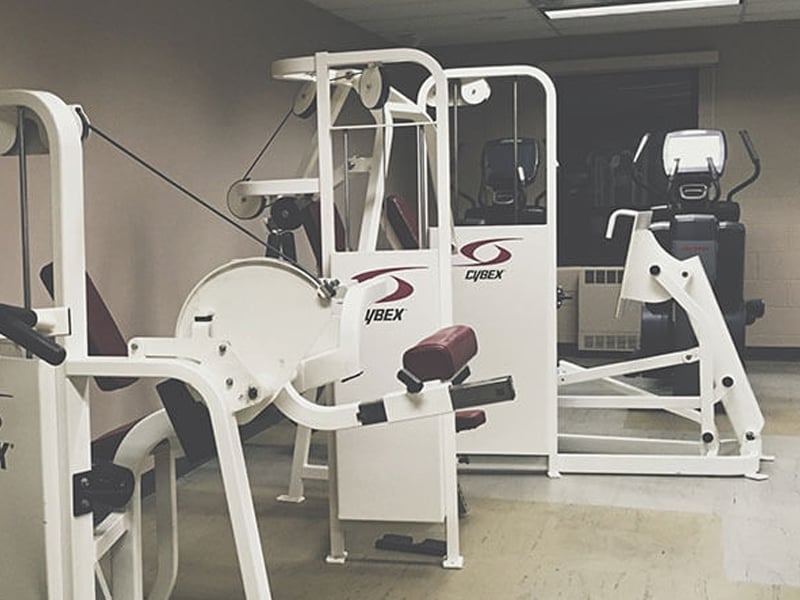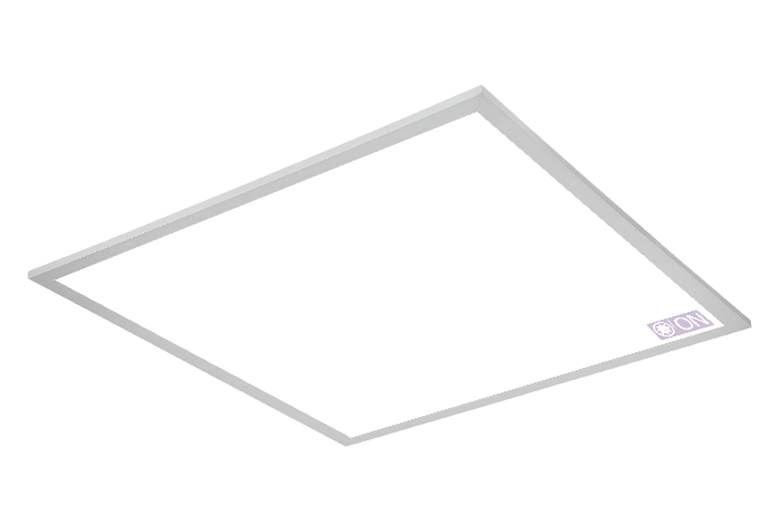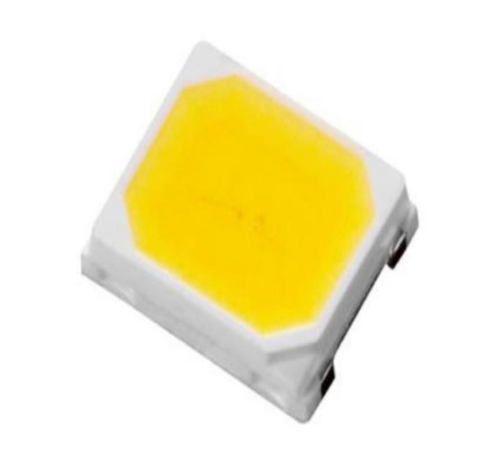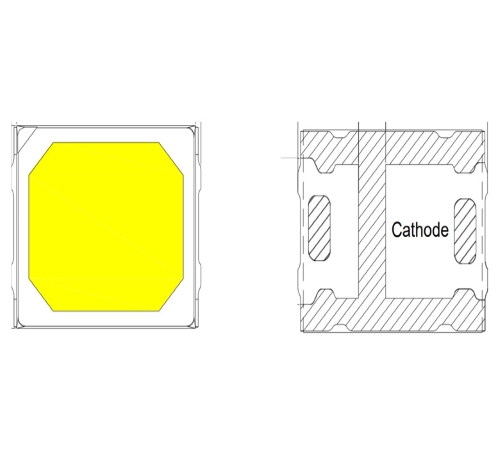Antimicrobial UV light has gained significant attention in recent years due to its ability to effectively eliminate harmful pathogens. In healthcare environments, where cleanliness is of paramount importance, antimicrobial UV light is becoming an invaluable tool for maintaining a safe and sterile environment. This article will explore the key advantages of using antimicrobial UV light in healthcare facilities.
Effective Pathogen Elimination
One of the primary advantages of antimicrobial UV light is its ability to eradicate a wide range of microorganisms, including bacteria, viruses, and fungi. UV-C light, which falls within the germicidal range of ultraviolet light, has been proven to damage the DNA or RNA of pathogens, preventing them from replicating and rendering them inactive. As a result, antimicrobial UV light can effectively reduce the spread of infections in healthcare environments, contributing to a safer environment for both patients and staff.
| Microorganism Type | Antimicrobial UV Light Effect |
|---|---|
| Bacteria | Highly Effective |
| Virus | Highly Effective |
| Fungi | Highly Effective |
Environmentally Friendly Solution
Antimicrobial UV light provides a sustainable and eco-friendly method for disinfection. Unlike chemical disinfectants, which may leave behind harmful residues and require regular replenishment, UV light does not introduce any toxic substances into the environment. This makes it an excellent choice for hospitals and clinics where maintaining air and surface quality is essential for patient health. Additionally, antimicrobial UV light systems require minimal maintenance, further reducing their environmental footprint.

Cost-Effective Long-Term Disinfection
While the initial cost of installing antimicrobial UV light systems can be higher than traditional disinfection methods, the long-term cost savings are significant. Antimicrobial UV lights for hospitals help reduce their reliance on disposable cleaning materials, such as wipes and sprays, and minimize labor costs associated with manual cleaning. Furthermore, the high efficiency of antimicrobial UV light in killing pathogens means that the need for frequent deep cleaning sessions may be reduced, leading to overall cost savings.
Enhanced Safety and Reduced Human Error
The use of antimicrobial UV light for surface disinfection eliminates many of the risks associated with traditional cleaning methods. Manual disinfection can be time-consuming and prone to human error, leading to uneven cleaning and potentially leaving harmful pathogens behind. With antimicrobial UV light systems, cleaning is automated and consistent, ensuring that all surfaces are treated effectively and reducing the chance of contamination. This level of reliability is particularly critical in healthcare settings, where patient safety is a top priority.
Incorporating antimicrobial UV light into healthcare facilities offers numerous benefits, including effective pathogen elimination, environmental sustainability, long-term cost savings, and enhanced safety. As technology continues to advance, the use of antimicrobial UV light will likely become an essential component of infection control protocols, ensuring a safer and healthier environment for patients and medical professionals alike.
 English
English 


